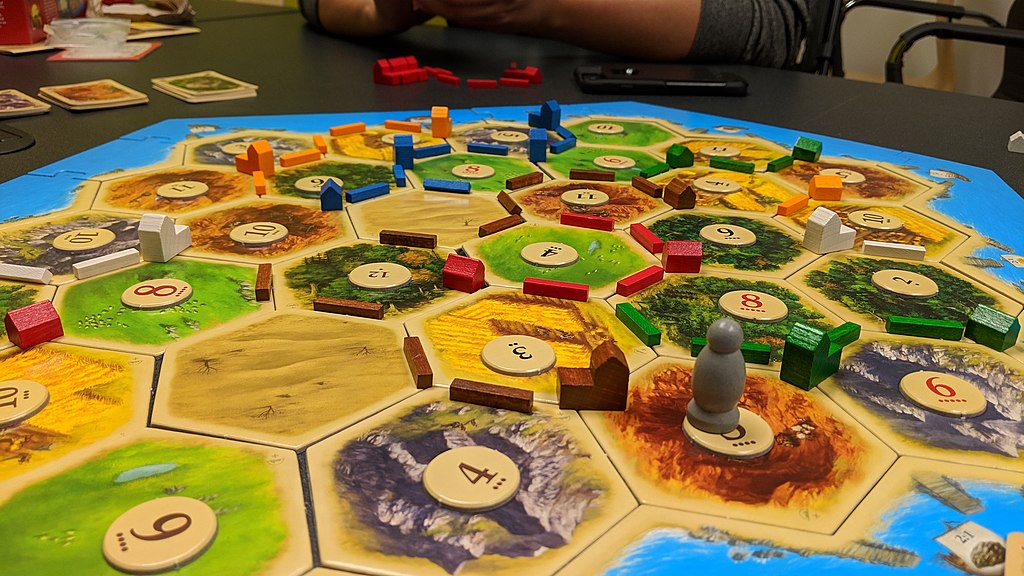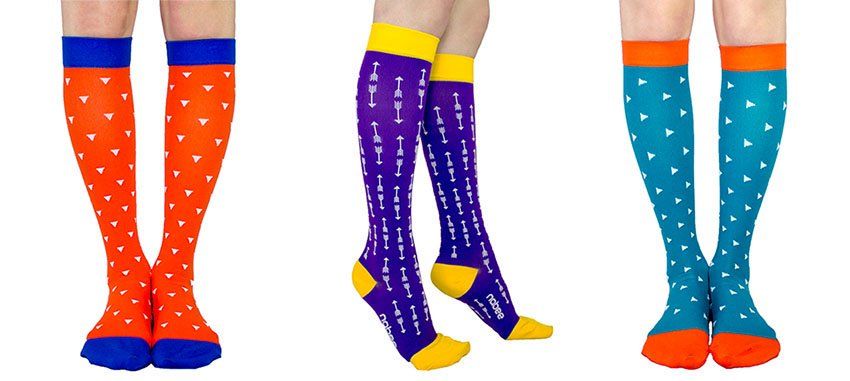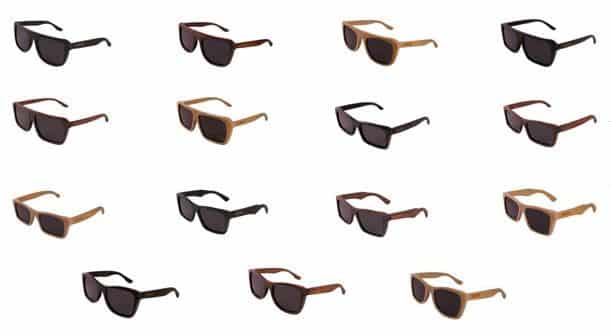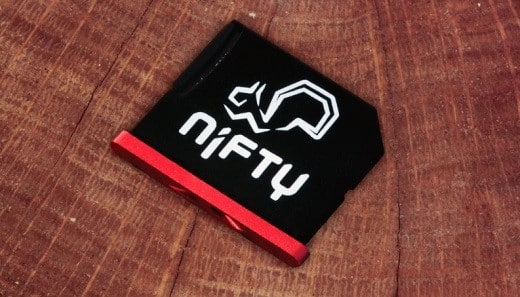Creating a board game can be incredibly complicated. You have to design a great game, play-test it, market it, and – oh yeah – manufacture it too!
It’s tough to know where to start when it comes to board game manufacturing. What goes on in the overseas warehouses where the magic happens often goes unseen.
But why leave it that way? I had the recent pleasure of chatting with Ma Yukun of Nanjian Games, for whom I had many questions.
Nanjian Games has worked with indie publishers and Hasbro alike, and they’re uniquely positioned to answer questions about what happens behind the scenes.
What follows is a transcript of our conversation. It has been edited for clarity and brevity.
12 Questions About Board Game Manufacturing, Answered by an Expert
1. Do you always create board games from scratch, or do you work with standard materials?
Some materials are standard. For example, most games contain boards, cards and a box. The paper-based components are always considered standard components. Once paper material and size are chosen, that determines most other parts of the process.
To show their uniqueness, new games often have customized components. But that’s not always the case – experienced designers often prefer to use readily available parts, such as meeples and cubes, sticks, plates, and discs. These pieces are abstract and easily applied to lots of different kinds of games.
Catan is a common example of a game with standard components.
Customization is more cost-effective for games with thousands of copies. For example, games that have print runs of 10,000 or more can cost-effectively add plastic miniatures. At that order volume, the cost of the mold [needed to produce custom plastic miniatures] can be spread across the 10,000 copies..
2. What is the most commonly used material?
Cards and boxes are in almost every game. For cards, we use 300 gsm white core paper the most. For boxes, 1000 gsm greyboard is the most commonly used. You can always upgrade, of course!
3. Have you noticed a change in game materials based on global shortages or price changes?
For us, the cost is mainly affected by the raw paper price. For example, as of February/March 2021, the cost of paper increased by 30%. However, boards or cards cannot be removed from board games or card games!
Thankfully, we don’t use much wood, so we’re not affected by rising lumber prices as much. Changes in that market will be slow to affect ours.
4. What is the most challenging component to create?
Miniatures are always challenging. A lot of the time, the game designers work with sculptors to create those fancy miniatures. When the 3D files are sent to us, our highest priority is making sure those designs are suitable or feasible for manufacturing. Some designs look good on the computer, but are physically not applicable for manufacturing.
Constant communication is needed here. We will start creating plastic injection molds. The parts created by molds are not 100% the same as 3D printed parts. That means we work with the game publisher to modify the mold until it’s as close as possible to the preliminary 3D printed part.
Normally for a miniature to be made, it takes at least three revisions, with each step involving compromise and modification as needed. The exception is that in some very rare situations, experienced sculptors know the manufacturing process very well and adjust the design beforehand.
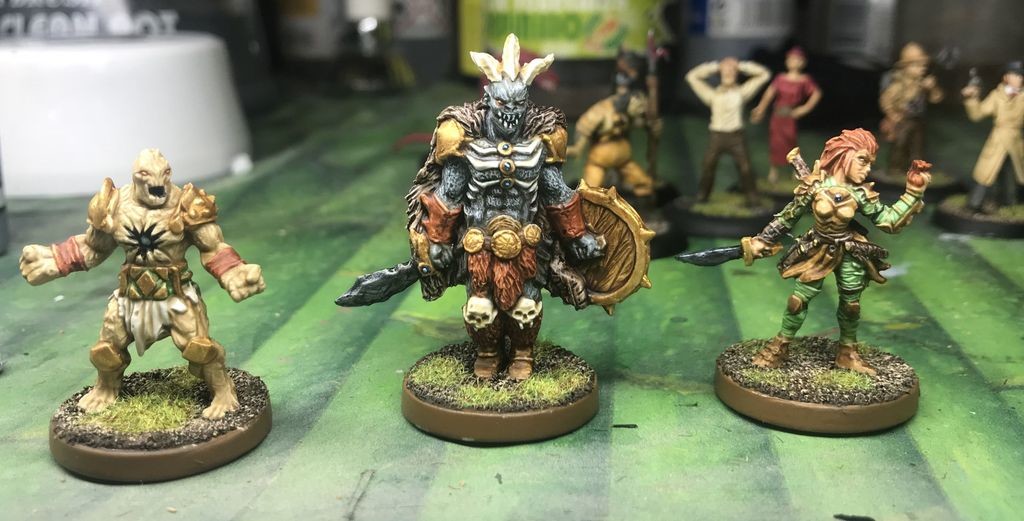
5. Do you ever have to outsource certain parts of board game manufacturing?
We do, and I believe all the factories we know do too. We have partners who have worked with us for years in different fields. We also help other companies/factories with some of their projects.
We do this because it keeps the whole industry efficient, and everyone involved – manufacturer and publisher alike – benefits!
6. What has been the proudest moment for you within the manufacturing side of game development?
There are so many good times from when we are collaborating with different publishers and designers!
The proudest, and also the most challenging, project was with Hasbro. It was the first time we produced games near our full capacity, due to the unexpectedly large amount of orders and the short lead time. All the staff were working 24/7 for a month. Even the sales team helped with packaging!
By the time all the products were packed on pallets and shipped out, the team felt like we won the Olympics. We achieved far beyond our expectations!
7. Do manufacturers ever have to sign contracts to only work with specific game developers or sellers?
Some may, but we don’t. We are open to all the customers who wish to get their games produced. That includes fresh board game designers, who need to get their games to be produced.
We’re a big factory, so working with only a few developers won’t fill our capacity. Every year we make 100+ playing cards, card games, and board games. Some are big publishing houses with hundreds of thousands of copies, and some are indie game designers with only a few hundred copies.
8. How many machines does your company have?
As a board game factory, we have many lines. Each different line is made to complete different tasks. For now, we have:
- 3 lines for cards
- 2 for boxes
- 1 for boards
- 1 for wooden components
- 1 for plastic injections
- 2 for packaging
We also have a team for logistics and warehousing. All these are within the 6000 square meter (~65,000 sq ft.) factory.
We have two ROLAND 700 HiPrint machines and one Heidelberg SM740 machine for printing. We also have laser cutting machines for wooden products, six plastic injection machines, and automated packaging machines.
All these machines are operated by 200 professional staff. Our daily capacity goes up to 150,000 units for card games.
Each different machine can only make one type of game piece, but in a very efficient way. All the machines cooperate together to make games that all the players enjoy.
9. What happens to any misprints, miscuts, or duds?
We have very strict quality assurance. That said, some parts will not be correct – and this cannot be avoided in any factory, in any industry.
It’s our task to keep the yield as high as possible and find those failed components. Once they are screened out, we will scrap them. If they are paper products, the material will be recycled.
We have a warehouse for those leftover materials from production lines, like the leftovers from punch boards. The failed parts will be stored in that warehouse. In the end, they will be sent to recycling centers.
10. What is the most memorable game you have ever made?
We have made a Board Game Design Kit, a special game made for board designers to fast-prototype new games. At the same time, it is a good marketing tool for designers to understand our products.
We try to put all the different components we make into the game. Last year in 2020, we released the second edition of this design kit. We also brought them to the exhibitions for potential customers to have an understanding about our capabilities.
11. Do you still enjoy playing board games, or has everything game related become “work”?
I play a lot of games: old ones, new ones, light ones, heavy ones. I am open to all kinds of games. Within our company, we organize board game sessions every two weeks. Whenever I am in the factory, I will join.
Sometimes we are able to enjoy new games a little bit earlier than customers. It’s the advantage of being a manufacturer! There are games that we know are going to have a reprint immediately after playing.
For me, a game is more like a relaxation from daily work. The joy from playing games is also the original motivation (初心in Japanese) for me to start a career in the board game industry.
12. Have you ever developed a board game yourself and made a demo?
As answered in one question above, our company designed the Board Game Design Kit. Other than that, I haven’t. We are better at turning others’ games into reality!
Need help turning your board game dream into a reality? Contact Nanjian Games for a quote today.
You’ve done everything by the book. Your Kickstarter campaign is almost ready to launch.
You made a great product. Built an audience. Set up a campaign page.
But how do you ship it?
We put this checklist together to help you get started. It's free.

